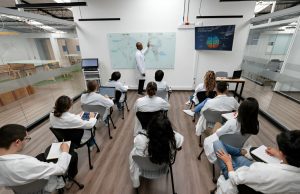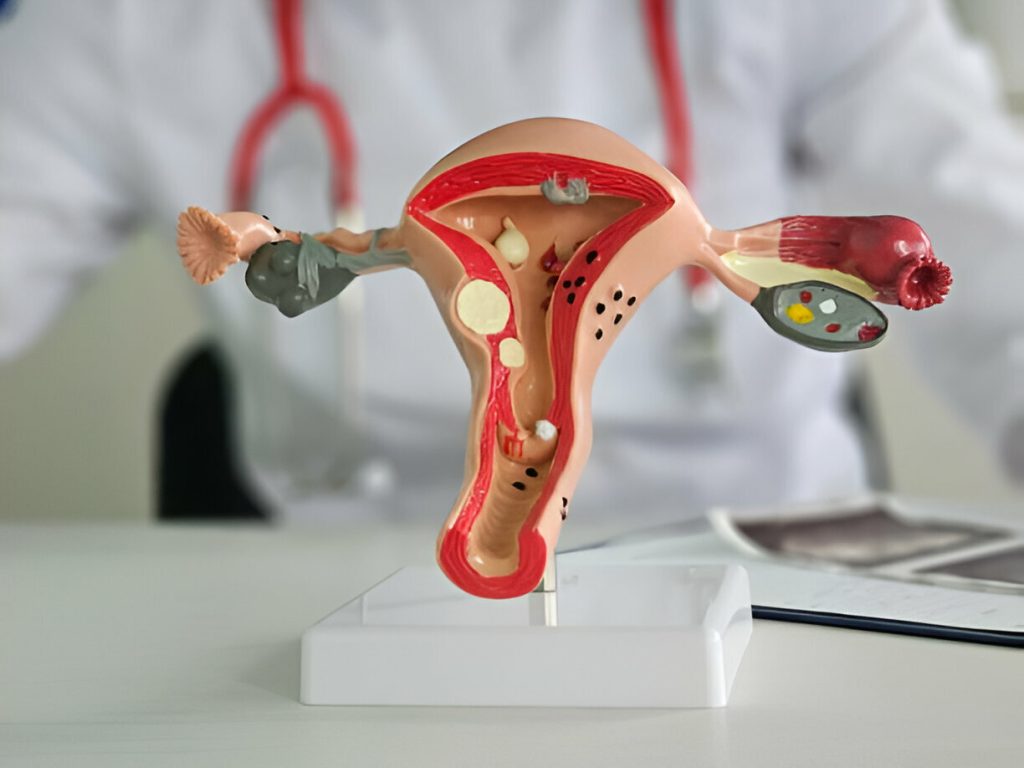Anatomy refers to the study of the general body part of a human, but we focus on certain body parts in this article. The female body is made up of organs that work together to facilitate various activities and functions in the body. It is important to know the various female organs and their functions to help you understand your body.
The female anatomy consists of two parts, the external and internal female organs. Read on to discover the various functions of these organs.
The Female Organs
The female organs refer to the sex organs in the female body, and as we mentioned earlier, they are divided into the external and internal parts.
External Parts
The external sexual organs of a female are:
Mon pubis
The mons pubis is the fleshy part above the vulva where pubic hair grows.
Vulva
The vulva is the external organ of the female anatomy, and it comprises of different parts. The various parts of the vulva include:
- Labia: The labia has two parts, namely, labia majora (outer lips) and Labia minors (inner lips). Labia varies amongst females. They are not all the same. Some females have long, short, wrinkled, smooth, pink, or brownish labia.
- Clitoris: The Clitoris is a highly functional female organ during sex. Clitoris like the lapia varies in females. They can be very tiny or a bit bigger. The purpose of the clitoris is to make you feel good. It doesn’t play any role in reproduction.
- Vagina opening: The vagina opening is often mistaken as the hole where urine comes out of. On the contrary, the vagina opening is where babies and menstrual bleeding leaves the body. It is also where the Penis enters during sex.
- Urethra opening: The urethra opening is located above the clitoris. It is a tiny hole feeder urine comes out of.
Internal Parts
Vagina
The vagina connects the cervix to the external female organs. The vagina is a highly functional organ that protects the internal female organs. The walls of the vagina are lined with mucus and lactobacillus, a bacteria that keeps bacteria out and also maintains a low pH
Uterus
The uterus, often referred to as the womb, is one of the major organs that make up the female reproductive system. This organ is a muscular sac that embeds the fetus during pregnancy. If an egg is fertilised by a sperm, it becomes a fetus and develops and grows in the uterus. Menstruation occurs when an egg is not fertilized by a sperm. How this happens is that the uterus sheds its inner lining, and this is what causes menstrual bleeding. Menstruation is painful for some females, while others may experience little discomfort. There are different pain-relieving drugs and exercises designed to help reduce menstrual cramps for those who experience it. Some people with extreme cramps use medical indica or sativa to help numb the pain. There is no proven research yet on which strain works best for menstrual cramps. It is better to visit a medical practitioner to help determine the best one for you.
Ovaries
Most females are born with two ovaries. The ovaries are connected to the fallopian tubes, and they are responsible for producing eggs. They also produce estrogen and progesterone hormones that rise and fall during the female menstruation cycle.
Cervix
The cervix plays a major role during childbirth and menstruation. It is an organ that connects the vagina to the uterus. The cervix is the lower part of the uterus that dilates during childbirth to allow the baby to move through the vagina. It can dilate up to 10 centimetres wide.
Fallopian tubes
The fallopian tubes connect the ovaries to the uterus. When the ovaries produce eggs, a part of the fallopian tube is called cilia, then directs the eggs to the uterus. The egg is only meant to get fertilized in the uterus. In some rare cases, the eggs get fertilized in the fallopian tube. When this happens, it is called an ectopic pregnancy. Cases like this are dangerous and often treated as emergencies.
Hymen
Hymen is a vagina membrane that covers the vagina opening. The hymen breaks when a female gets disvirgned. It is important to note that not all females are born with hymen.
Conclusion
Knowing how the organs in your body work will help you understand all the activities you experience in the body, especially your menstrual cycle. If you usually experience severe menstrual cramps, visit a doctor to help prescribe the best pain relief for you. Do not self-medicate.







